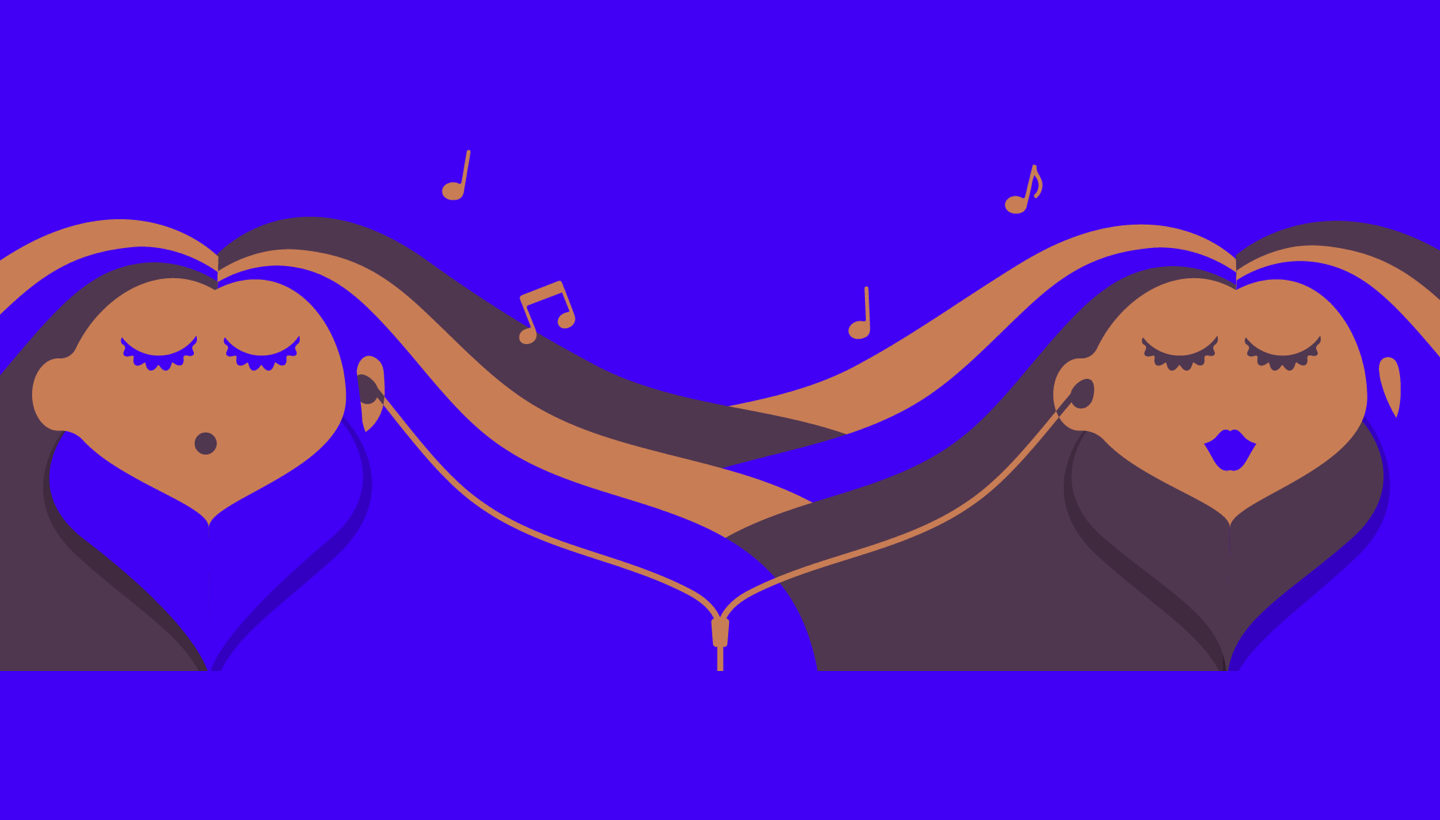
Podcasting is becoming an increasingly accessible medium that anyone can use to tell their story. But as with any form of media, more has to be done to propel the voices of marginalized communities onto the mic. One way Spotify is doing this is through programs like Sound Up, which empowers and equips burgeoning podcasters with tools and resources. Another way is through the amplification of existing podcasts from podcasters of color—so that important topics and stories can find their audiences, and audiences find them. That’s where Spotify’s Podcast Editorial team comes in.
Over the past year, the Podcast Editorial team has been curating homes for podcast themes like True Crime Scene, theLINER, and Play Your Part, which can be found from the podcast homepage and Search on the Spotify app. But the two latest pages take our responsibility to a new level. They’re podcast editorial communities that focus on and serve Black and Latinx audiences by putting content from and for these communities front and center, 365 days a year.
These two new community pages are The Dinner Table, curated by Black Culture Editor Bianca Garwood, and PRESENTE, curated by U.S. Latinx Culture Editor Barbara Gonzalez. Though these curations may be new, the topics covered on each podcast are not—and the goal of the editors is to use the power of the platform to turn the volume up on these stories.
In an interview with For the Record, Bianca and Barbara each spoke about the thinking behind their new podcast editorial communities.
What inspired the creation of The Dinner Table and PRESENTE?
Bianca: As a Black person, I’ve noticed that it has become an unfortunate norm to consume news and updates that show other Black folk in compromising positions. We’re constantly demanding folks to see our humanity. And this is our reality. And those voices need to be heard, but it’s also important to talk about the full spectrum and to highlight the fullness of Black lives, independent of our plight.
You know, there’s joy in Blackness, there’s peace in Blackness. There’s love in Blackness, there’s healing in Blackness, and that’s the point of The Dinner Table. We’re serving wellness with a side of laughter. Ultimately this ladders up to Podcast Editorial’s approach of counteracting the doom and leaning into inspirational and aspirational podcasts.
Barbara: So in terms of PRESENTE, of how we came to be, I think it’s really in the name. That’s why I always love starting there. The word PRESENTE translates to “present” in Spanish and Portuguese, and it’s used as a call and response in Latinx spaces to pay respect to who’s in the room. So, when we say “presente,” really we yell it—that’s why it’s in all caps—we’re making ourselves known, we’re bringing each and every single identity that we hold to the space. And we’re also bearing witness to every other person in the room doing the same. And that’s really the spirit.
Latinidad is not a monolith. We consist of so many different races, sexualities, gender expressions, regional cultures, and so many more identities. So, as long as your perspective isn’t invalidating another person in the community’s identity, your voice deserves to be heard in PRESENTE.
What approach have you each taken to curating content for these communities?
Bianca: The Dinner Table name and concept itself came about from personal experience. Growing up, my mom was one of 11. So holidays and family functions were full of people, food, and laughter—my grandmother’s house was always packed to the brim. And if I wasn’t eating at the table, I was doing homework at the table. I was getting my hair done at the table. The table in itself was kind of a nucleus to many of my cultural experiences during my childhood and formative years. For many Black families, the dinner table is a centerpiece, you know, and in many of our homes it reflects joy, community, and laughter.
On the flip side, in terms of wellness, I also wanted to take the opportunity to highlight conversations that often aren’t had at the dinner table, but should be. You can find these under “Well As Hell” with topics like food and its effects on mental health, belief systems outside of the construct of Christianity, positive effects of cannabis, Black womanhood outside of social norms, healing the inner child, and Black mental health. All these conversations that are sometimes swept under the rug—I thought this would be a great opportunity to delve deep and highlight Black joy but also highlight the wellness in that as well.
Barbara: There are a few different branches that I’ll be highlighting on PRESENTE. One of the franchises is titled Let’s Unpack That. We know that while certain generations may have beliefs about certain things in our culture, and may have passed these somewhat harmful beliefs down to us unintentionally—those might not necessarily resonate with generations today. So Let’s Unpack That will include cultural conversations about current events, social movements, and cultural norms—basically, how I always describe it is “anything that’s a conversation on Twitter.”
So whether it’s the 50 millionth time that we’re discussing whether we should be called “Latinx” or “Latine,” or we’re talking about another instance of anti-Blackness or anti-Asian sentiment in our community, this is the place where we highlight creators having those conversations.
Another really great franchise that we have is Subculture Spotlight. That’s speaking to what I mentioned about Latinidad is not a monolith; we have so many ways of being Latino. So we’ll be diving into specific nationalities, religions, and different neighborhoods in the United States that are historically, predominantly Latinx.
So one that I published for our launch is about Dominicans in the United States. Some things I would love to explore in the future are different podcasts about Venezuelan migration and Nuyorican legends. And then [re]PRESENTE is a franchise highlighting different things in Latinx culture in terms of representation across pop culture, history, and politics.
Why are these community pages important?
Bianca: I think these pages are important because they give users an all-access pass to content that they are aligned with or inspired by. It’s thoughtfully curated with them in mind, you know. It gives folks access to content at their fingertips.
Barbara: This ties into our team’s belief that hearing the community should be something that we do in all of our work. Podcast creators, listeners, and people featured in these episodes are part of this unique community that we want to make sure that we’re constantly feeding. And I think it’s particularly important for Latinx and Black communities to have their own spaces because creators from those communities haven’t historically gotten the same support. We need to be working overtime to make sure they know that we’re here trying to support these creators.
This is Spotify’s way of saying, “We see you, we’re loving everything that you’re doing, keep having these conversations because we want to be able to support you in every single way that we can.”
Start getting to know PRESENTE with the first guest curation from Kat Lazo, co-host of The Get Up.
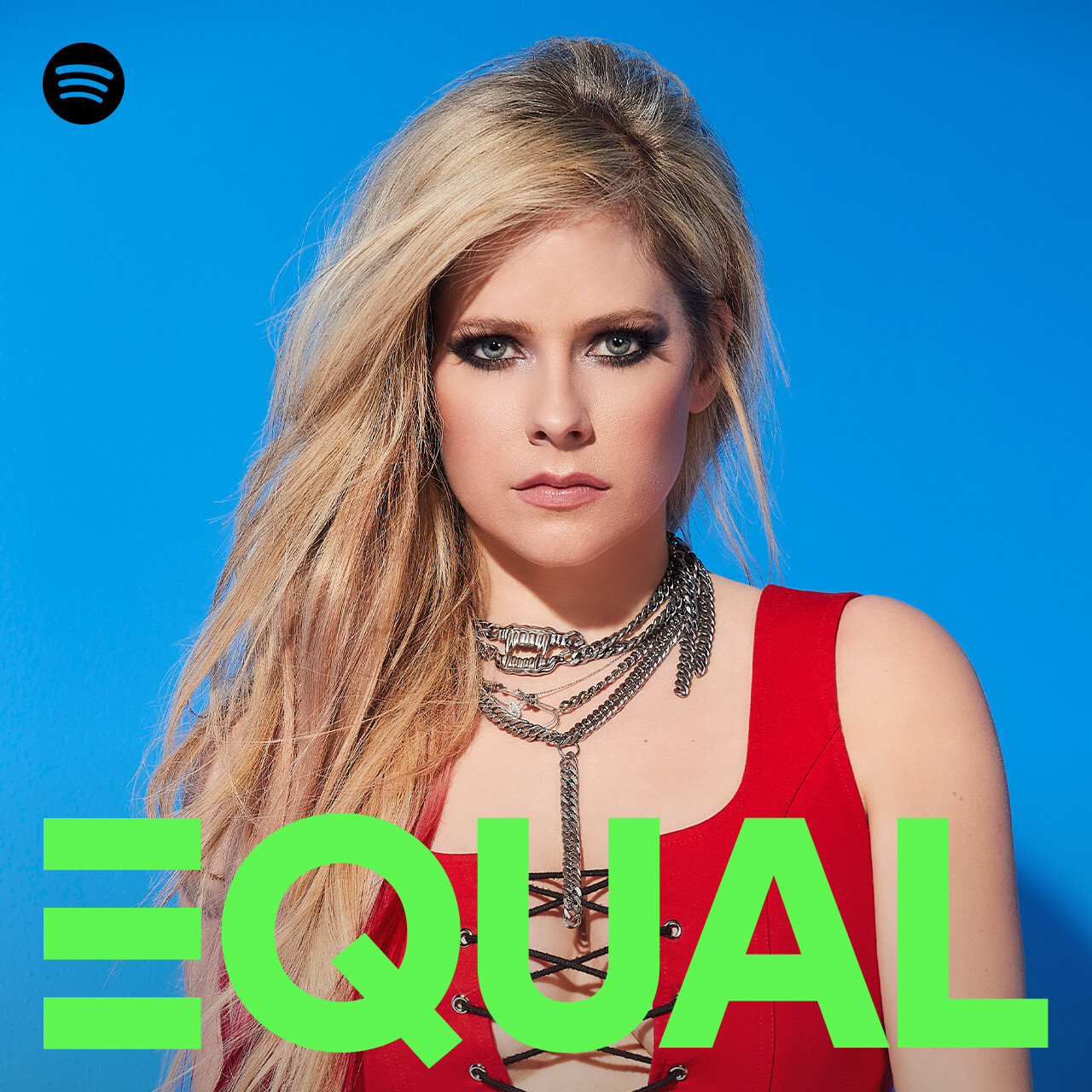








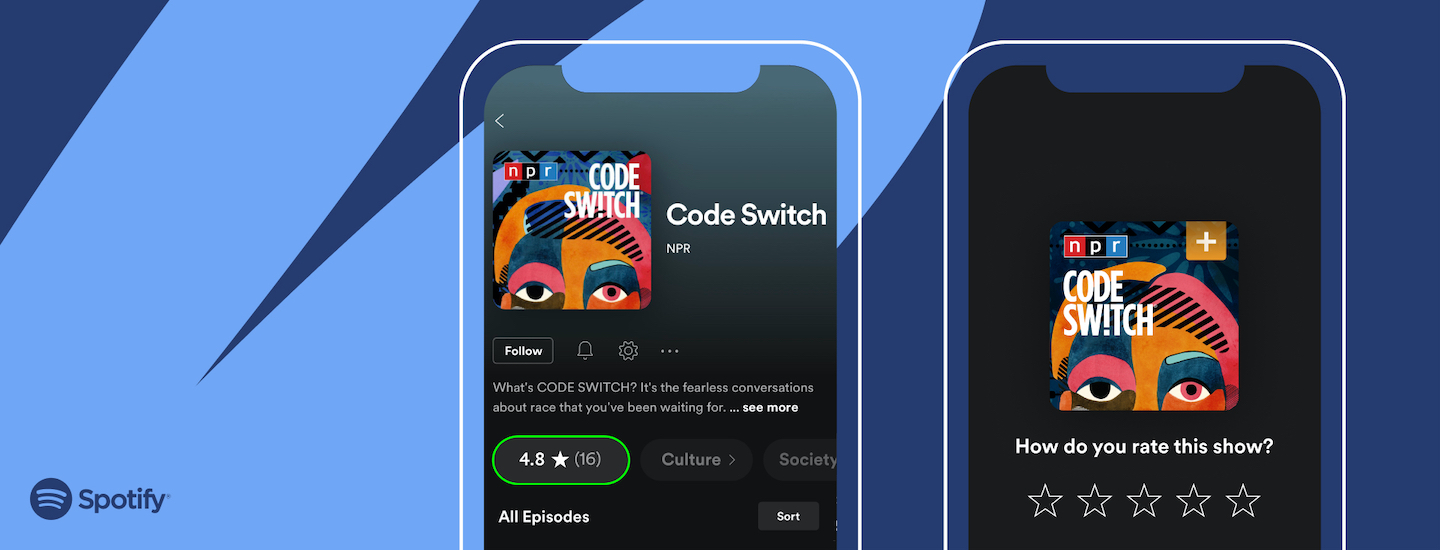
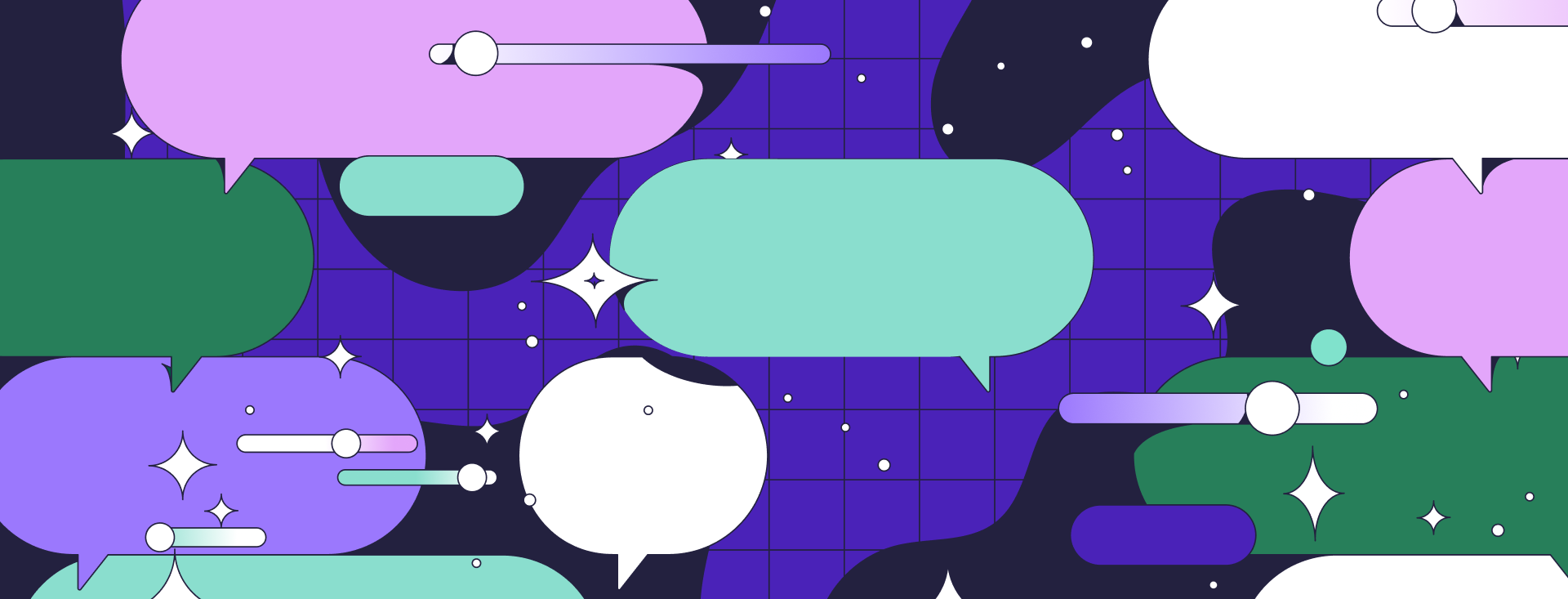
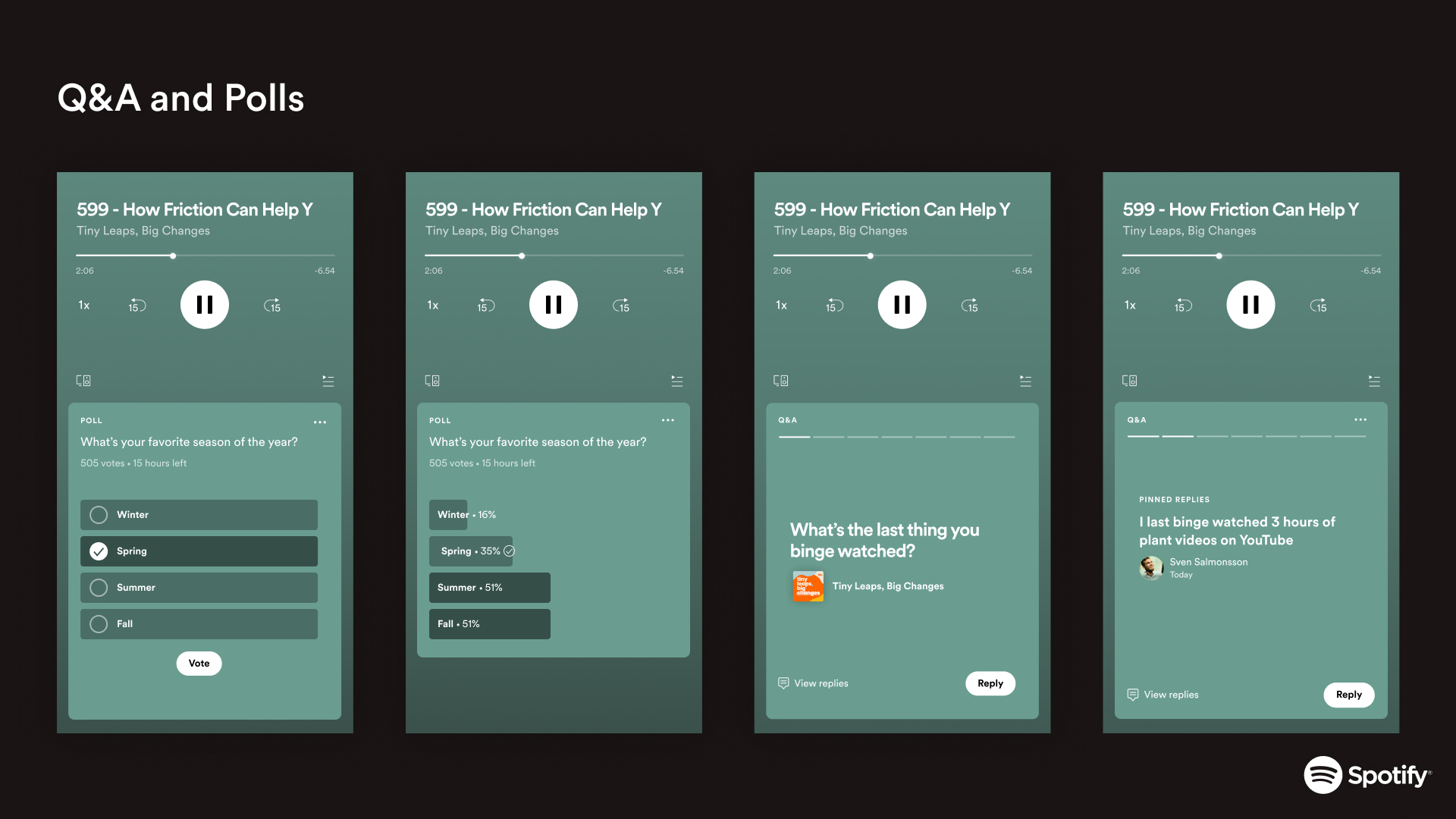
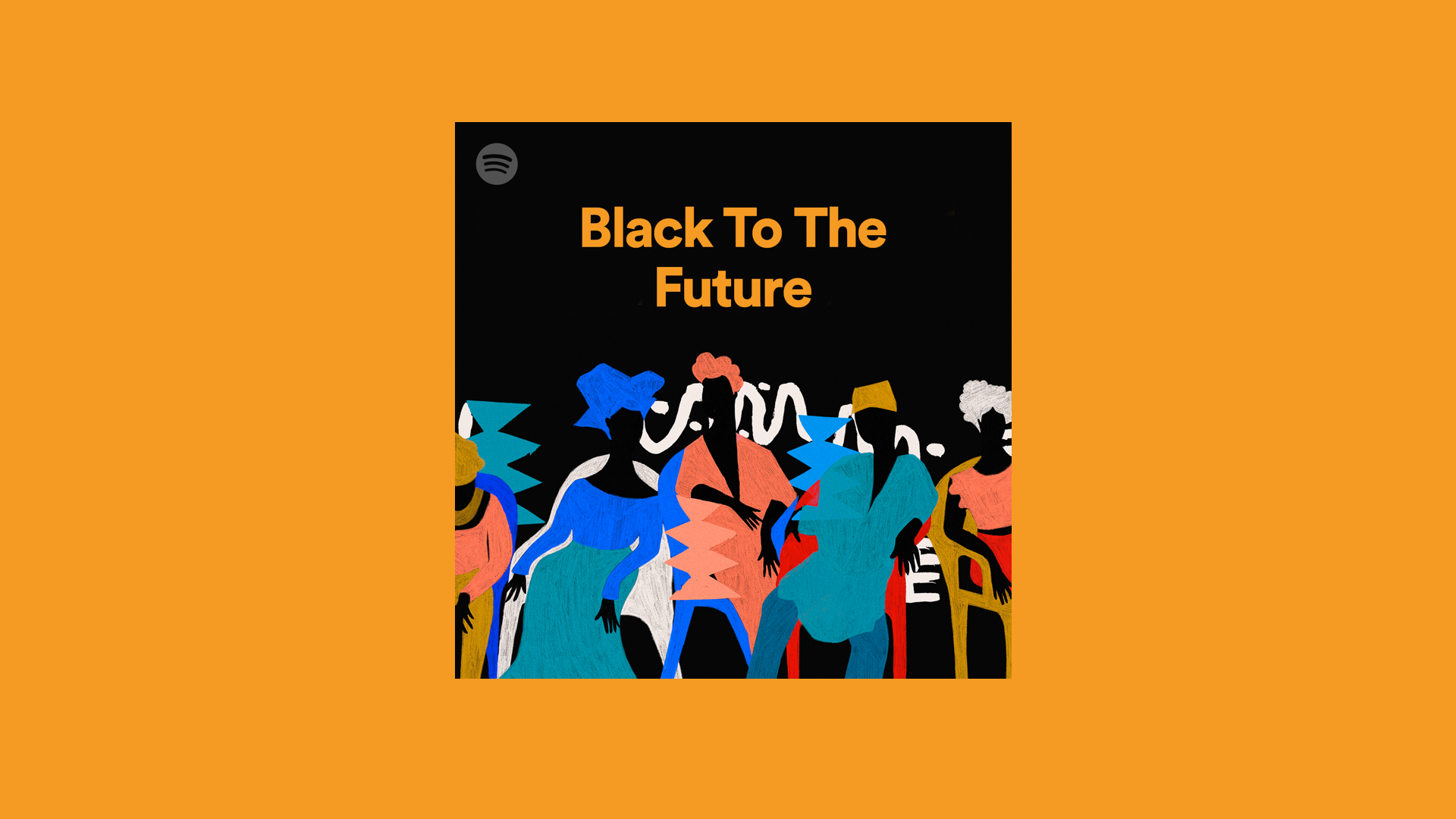
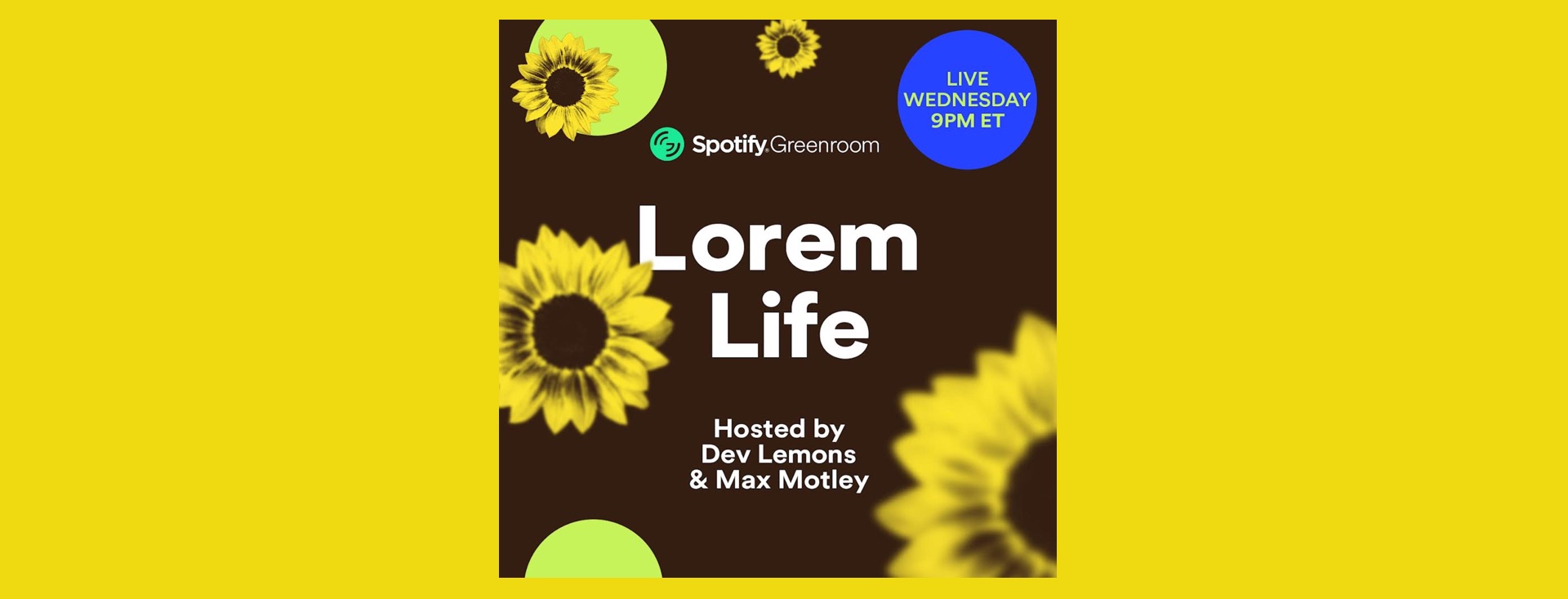
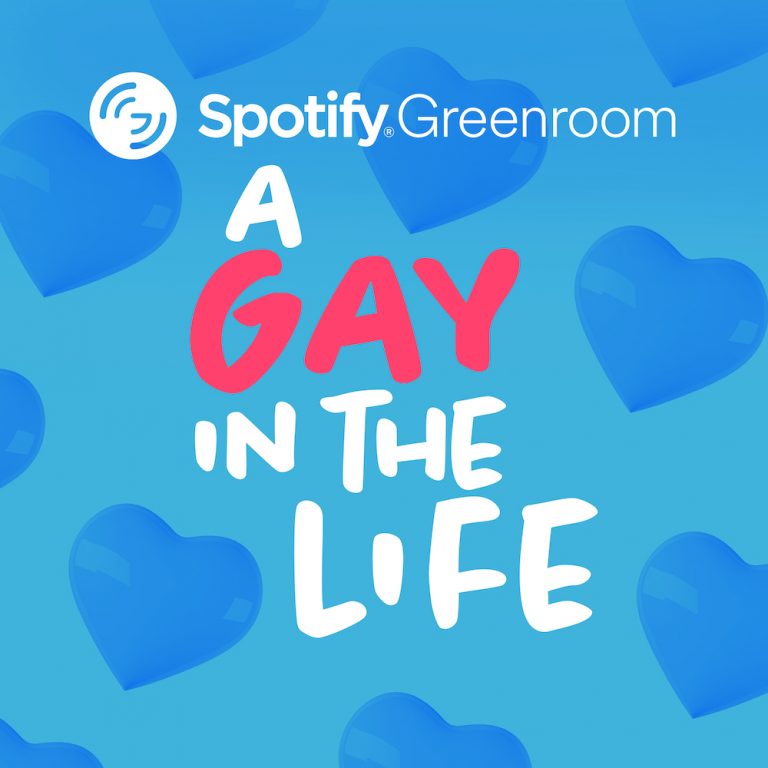
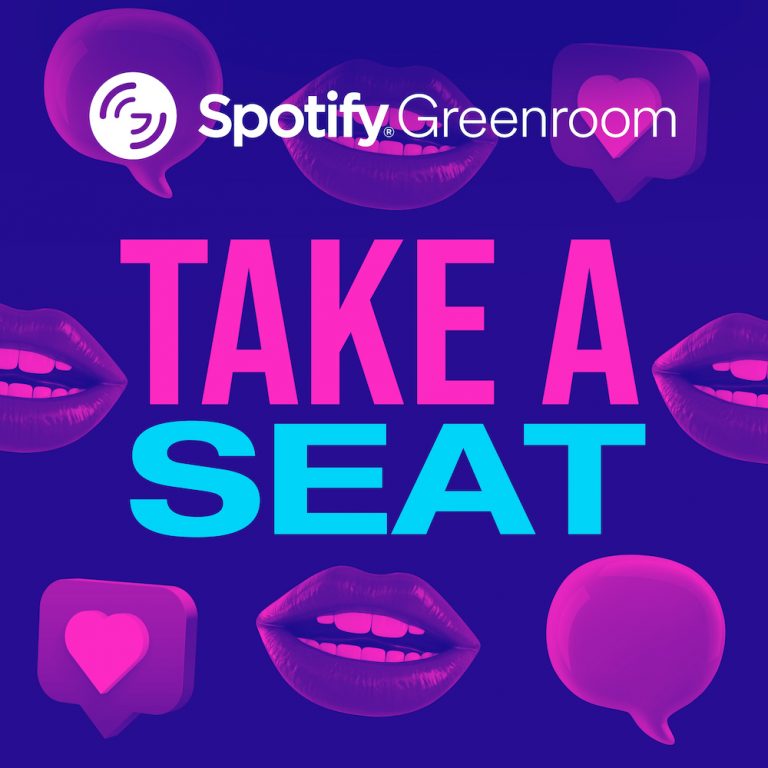
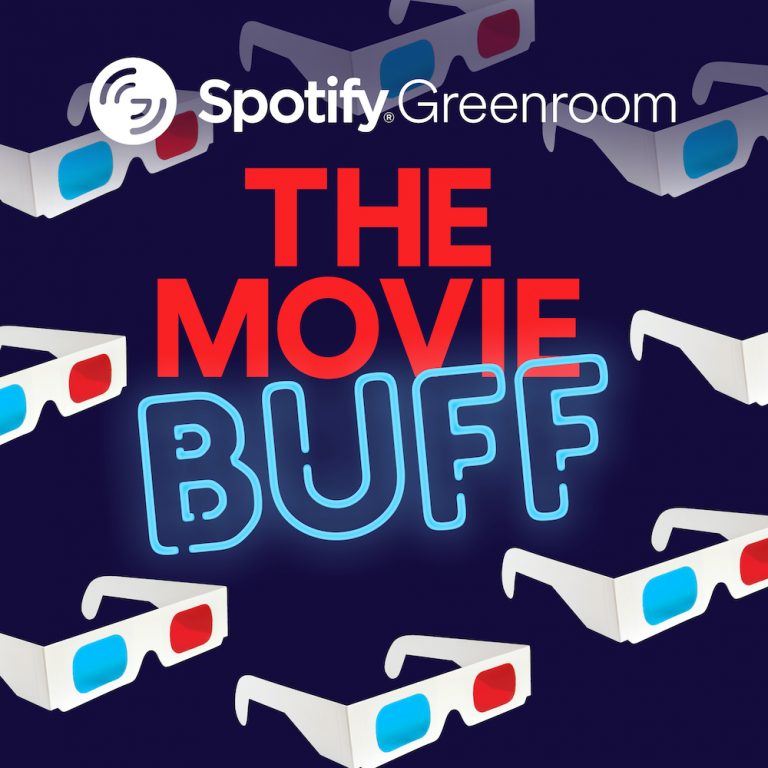
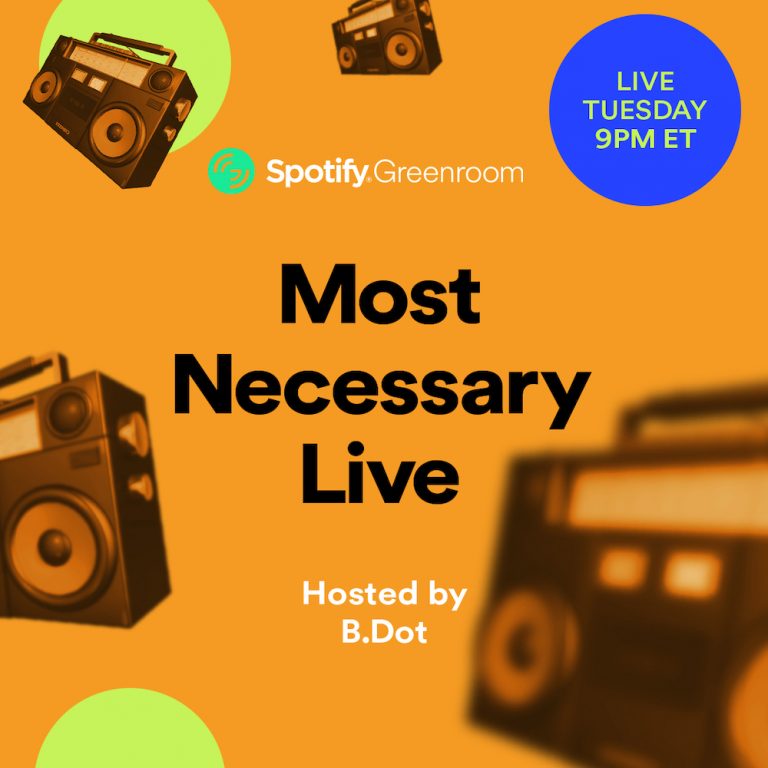
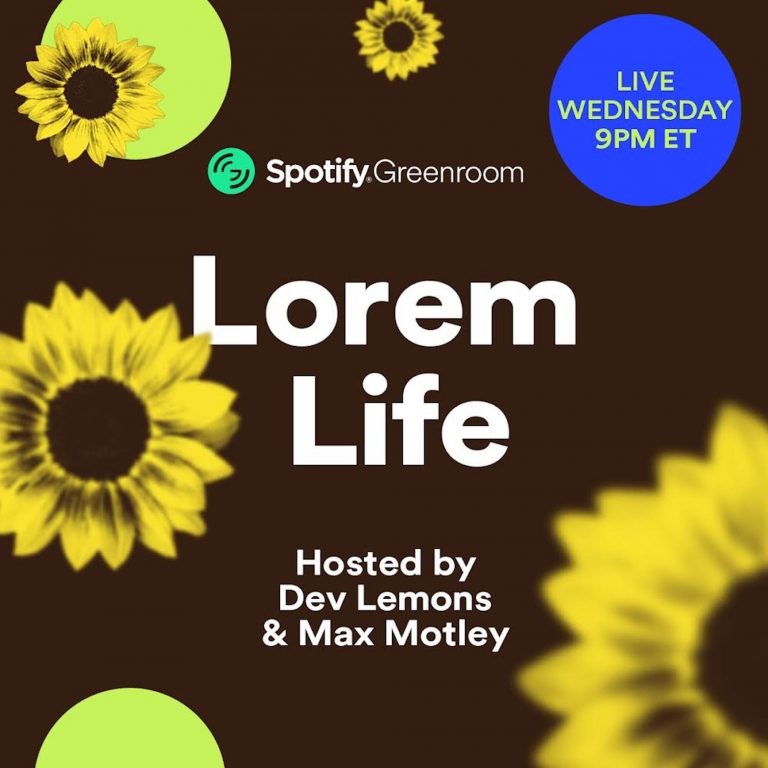
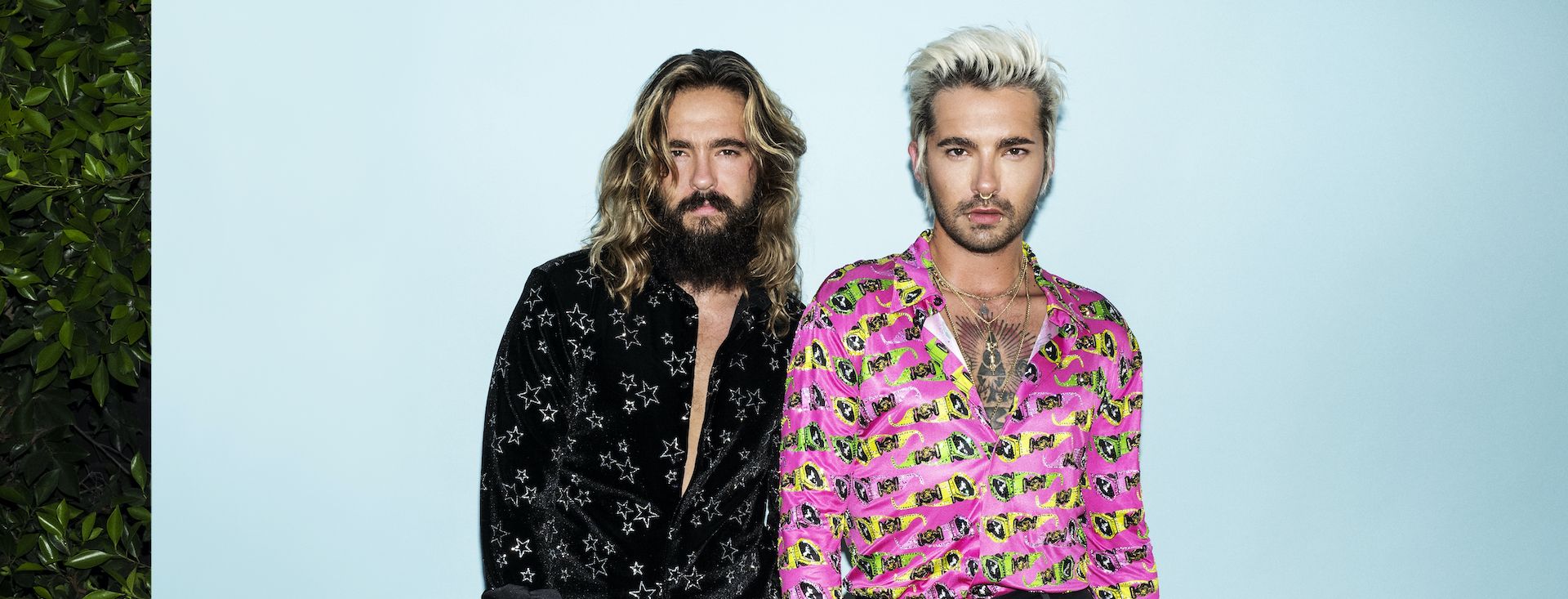
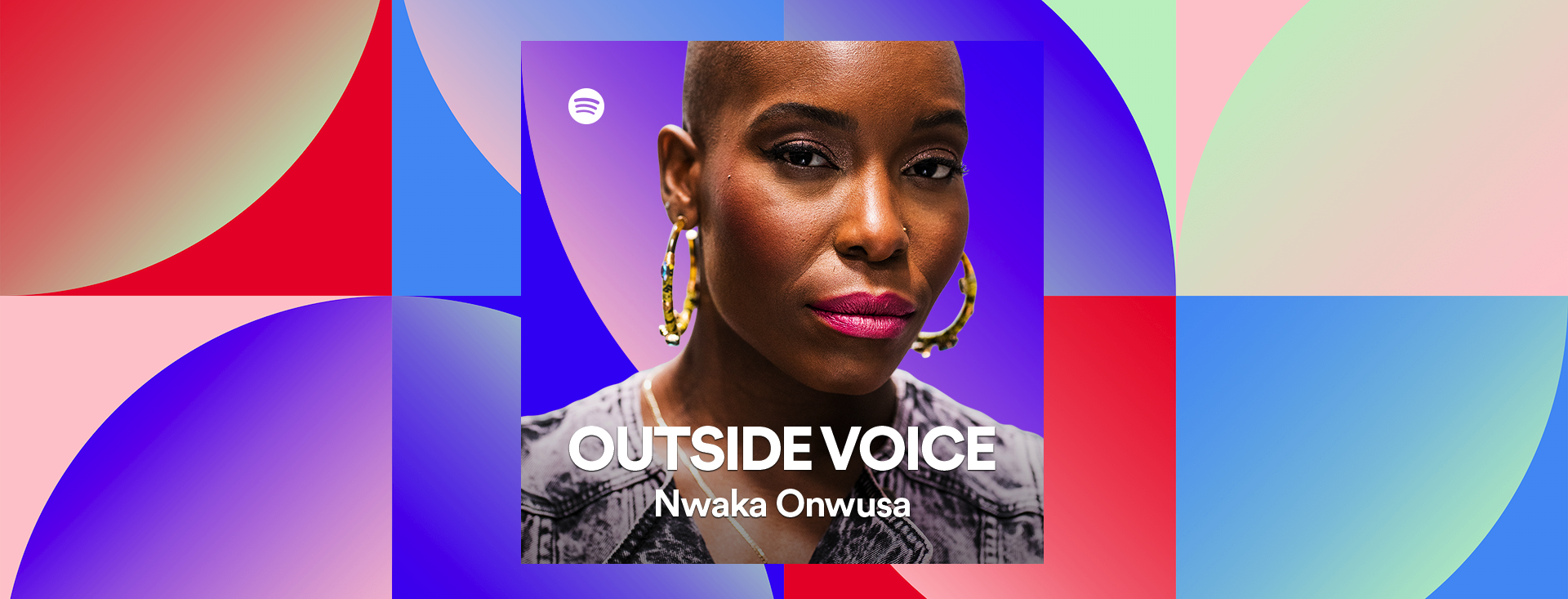
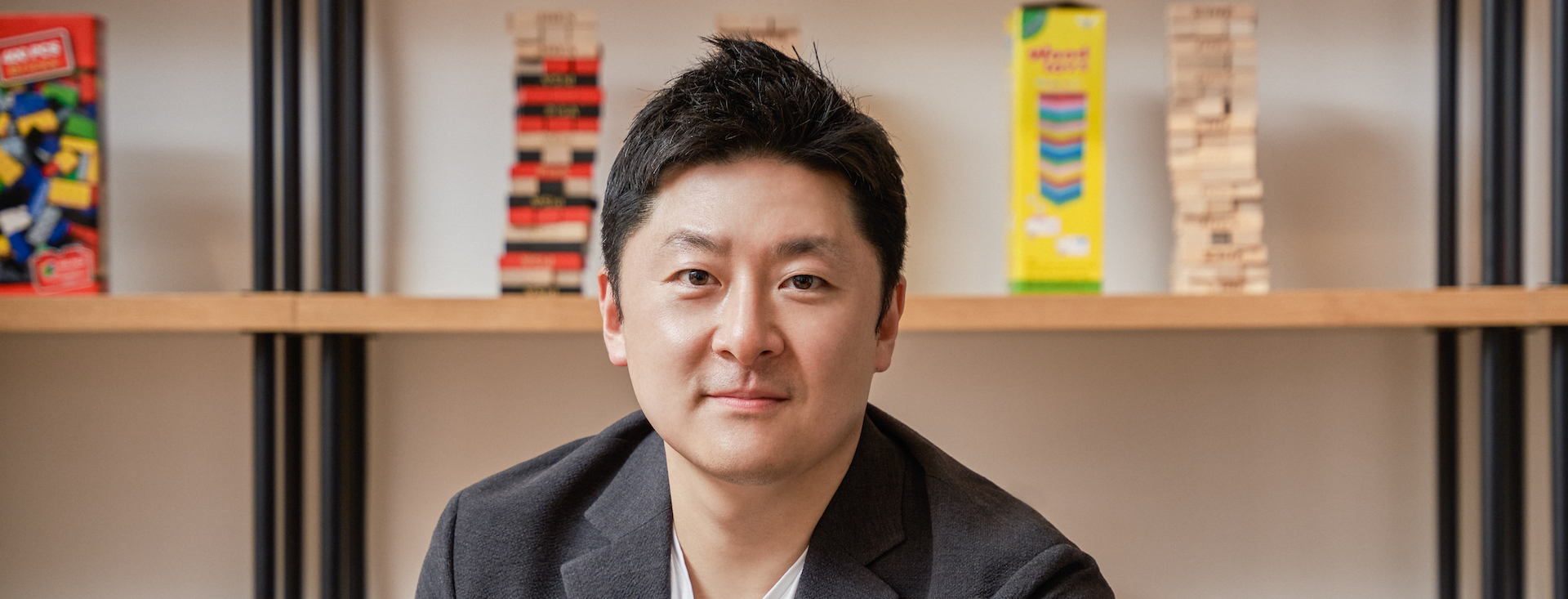
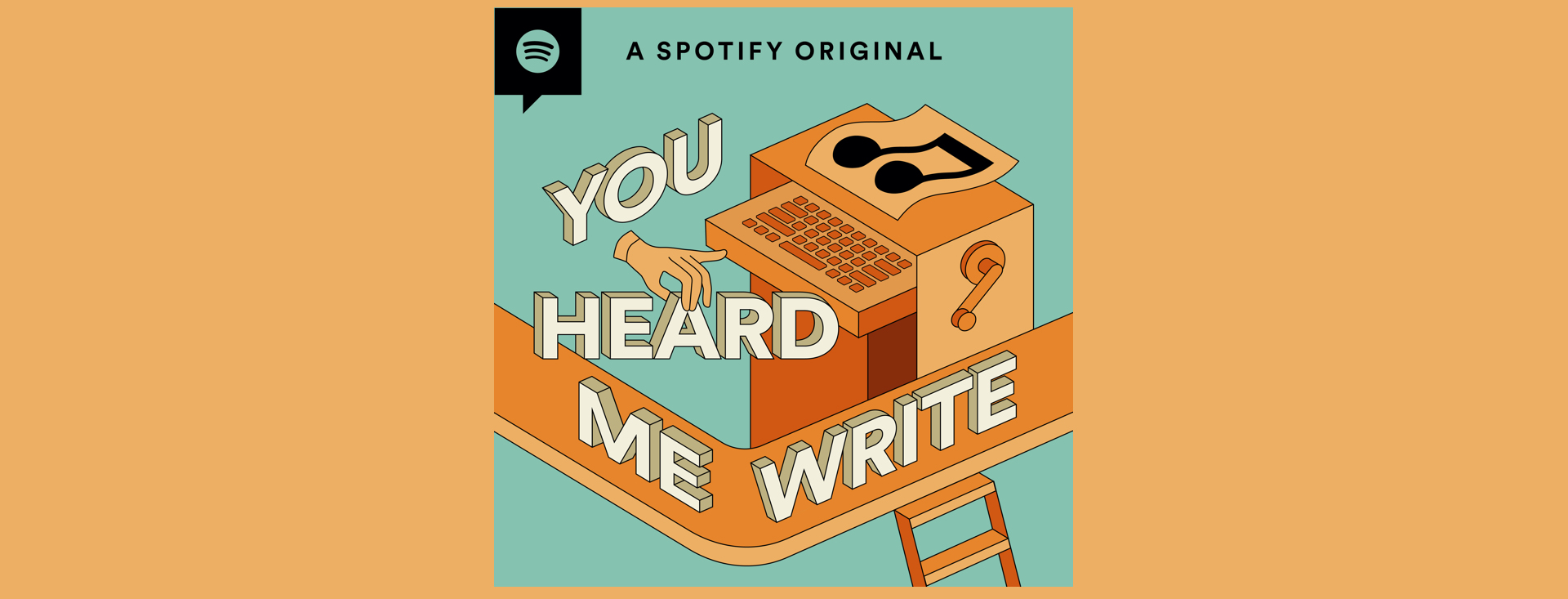

Recent Comments